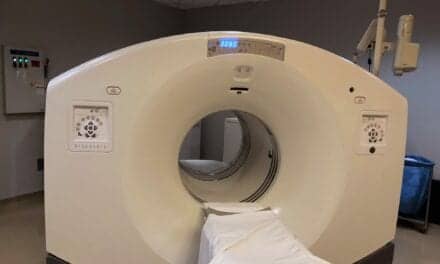Harmony Biosciences LLC presented new data on pitolisant at the 7th International Symposium on Narcolepsy, an invitation only event held by SRI in Beverly, Mass.
Pitolisant is an investigational product that has been studied for the treatment of both excessive daytime sleepiness (EDS) and cataplexy in adult patients with narcolepsy. Long term data (up to 5-years) from the Harmony III open-label, naturalistic study were presented in a platform presentation. These data assessed the safety, tolerability, and durability of effect of pitolisant, a highly selective histamine 3 (H3) receptor antagonist/inverse agonist. If approved, pitolisant would represent the first new therapy in the United States in over a decade for the treatment of both EDS and cataplexy in patients with narcolepsy.
“The Harmony III open-label, long-term study for pitolisant reflects real-world experience of people living with the debilitating effects of excessive daytime sleepiness and cataplexy in narcolepsy,” says Harmony’s chief medical officer, Jeffrey Dayno, MD, in a release. “Pitolisant is a first-in-class molecule with a novel mechanism of action that works through the histaminergic system to improve wakefulness and inhibit attacks of cataplexy. In an extension of the Harmony III long-term study, the safety, tolerability, and durability of effect of pitolisant were assessed out to five years in those patients who stayed in the study until the end.”
Patients (n=77) from the French sites in the Harmony III trial were invited to participate in the extension period up to 5 years with follow-up visits every 6 months. Among this cohort, 50 patients (65%) completed the first 12 month period, 48 elected to participate in the extension period, and 32 of those (67%) stayed on pitolisant treatment for 5 years or until the study ended. Eighty to 88% of patients were maintained on pitolisant 40 mg once daily during the study.
Summary findings for the study concluded:
- Maintenance of effect for pitolisant in improving EDS was demonstrated using the Epworth Sleepiness Scale (ESS); baseline ESS was 16.8, decreased to 13.4 at year 1, then continued to improve over the course of the study with an ESS of 10.6 at year 5.
- Symptoms of REM dysregulation were reduced from baseline to year 1 as follows: cataplexy (-76%), hypnagogic hallucinations (-54%) and sleep paralysis (-62%); limited data from patient diaries were available at year 5 to assess these symptoms.
- The safety and tolerability profile of pitolisant was demonstrated to be consistent with that reported in the randomized controlled trials for pitolisant; common adverse events were headache, insomnia, weight increase, anxiety, depression, nausea, vomiting, and irritability; 16% of patients discontinued treatment due to adverse events.
There was no evidence of the development of tolerance with long-term use of pitolisant and there were no reports of symptoms related to withdrawal when patients discontinued treatment with pitolisant.



